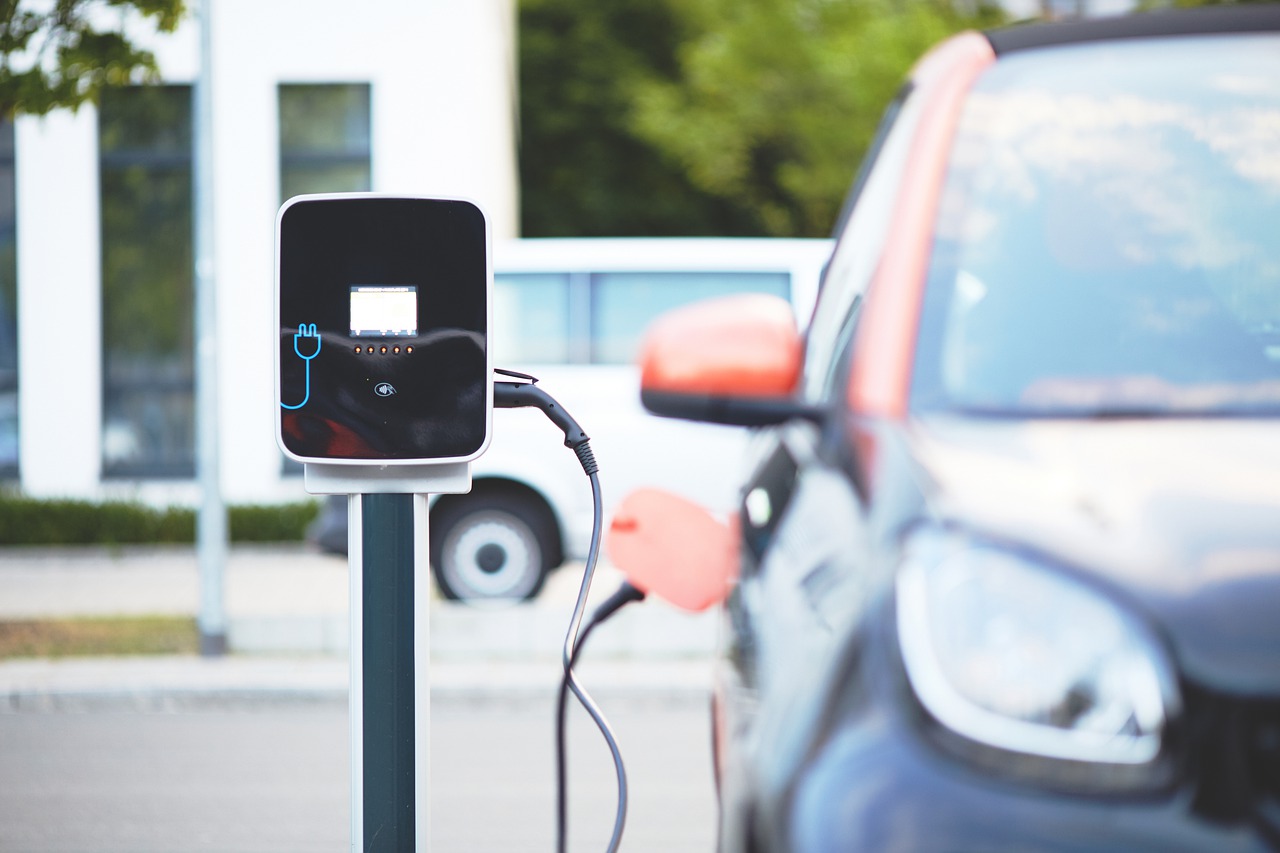This post is also available in:
 עברית (Hebrew)
עברית (Hebrew)
In order to better understand how rechargeable batteries wear out with time, researchers propose the use of artificial intelligence for analyzing atomic-level images from rechargeable batteries. Observing the materials that make up the battery on display up close is intended to improve the understanding of researchers, lead to better design of batteries produced today, and might even bring us closer to non-destructive batteries in our future.
The researchers examined a type of rechargeable lithium-ion battery called lithium iron phosphate (LFP), which has become a popular option among electric vehicle manufacturers because of its low cost, low toxicity, and its long shelf life. Because LFP electrodes do not contain cobalt or nickel (common materials, but difficult to process, and commonly found in commercial batteries), they were selected as the ultimate research object.
The electric vehicle industry is expected to benefit most from the researchers’ work in improving LFP batteries. Due to its physics and chemistry properties, improving the performance of batteries is not an easy task. The latest research, published in the scientific journal Nature Materials, shows that the performance of different substances is determined by their chemistry and physical interactions at an atomic scale. In general, the smaller the particles, the more difficult it is to predict the behavior of the material. The key to designing a long-lasting, durable battery that does not wear out over time lies in understanding the interactions between the various materials.
Lithium-ion batteries are widely used today, and they can withstand about 1,000 cycles of charging. The use of innovative artificial intelligence tools has helped researchers learn more about LFP batteries. Their special high-resolution microscopy techniques, combined with artificial intelligence, permit them to decipher what is going on for the first time, get a visual representation of the forces at work in the battery, and even measure them to a very high level of accuracy.
The image analysis, then, acts like an MRI for the battery parts. Recent technologies, such as electron microscopes, enable researchers to observe what is happening inside batteries. By using artificial intelligence, they are able to predict how batteries will behave in reality, and how materials will interact, as reported by PopularMechanics.com.


























